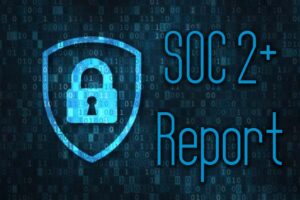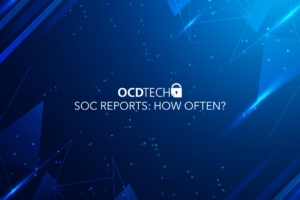Cybercriminals are becoming increasingly clever and more creative every day. The measures that may be in place to protect businesses from these threats are vastly outnumbered.
According to a report by OPSWAT, the top 11 antivirus vendors control an estimated 84% of the market. This means 11 companies are tasked with protecting the majority of devices worldwide, a number projected to reach about 6.4 billion in 2016. These statistics do not even take into consideration the fact that standard antivirus protection is a reactive technology – meaning that it only responds when a threat or anomalous event occurs. It is not a proactive control. Standard virus protection mechanisms only have the ability to protect against currently known threats. CNN Money reported that 317 million new pieces of malware were released in 2015. That is nearly a million new pieces of malware per day, and that number is only bound to increase given the prevalence of the internet of things.
Antivirus companies do their best to stay up-to-date to help protect businesses from the latest threats. Software companies work tirelessly to patch vulnerabilities as they are discovered. Yet with nearly a million new threats emerging every day, end users are caught in the middle of a game of virtual cat and mouse.
Vigilance against this overwhelming number of threats means staying ahead of the curve and taking a proactive security stance. There are several solutions that can give you an advantage against the constantly growing negative forces, and continually evolving threatscape.
Heuristic antivirus protection can help keep you protected before threats are identified by standard antivirus solutions. This helps cover the gap between when a threat emerges, and when it is identified and neutralized by standard virus protection. Heuristic approaches monitor behavior, rather than depending on a database of virus definitions based on known threats. However, even with heuristics in place, it is crucial that antivirus signature databases be up to date. Automatic updates should be enabled and signature versions checked regularly.

It is important to remember that hardware and software security tools alone cannot protect IT assets from the diverse range of techniques employed by attackers today. Fortunately and unfortunately, a firewall or endpoint protection suite is only as strong as its configuration. So who oversees this technology? This question presents another staggering statistic. If a quick mental inventory of your organization’s IT Security staff is taken, in comparison to the number of potentially vulnerable elements in your organization, and the number of actors that will seek to exploit these vulnerabilities, it becomes clear how disproportionate the numbers are.
The human element is another aspect that requires constant vigilance. Staff should be not only well-trained, but also well-tested. A phishing campaign can often uncover vulnerabilities within an organization before they are discovered by an outside threat actor. Another proactive approach to remedying the human element is user behavior analytics. This type of solution will examine events in your IT environment and organize and present the data in a way that can expose risky employee behavior. This is a great alternative to the barrage of event logs and change reports that a lot of IT professionals can become accustomed to ignoring.
As IT Security evolves, so do the strategies used to circumvent and undermine it. While this may seem to be a losing battle, there are steps that can be taken to protect your environment, and vigilance is key. Having the proper policies, well-communicated procedures, and strong controls in place can ensure that your business is protected. OCD Tech can assist by performing an assessment of your business’s IT security strengths and weaknesses and by making recommendations which can help to strengthen your security posture.


